A bike that makes you fall in love with motorcycling again
For most riders, there exists a motorbike that made us fall in love with motorcycling. These are the near-perfect bikes that seal our fate and turn us into lifelong motorcycle enthusiasts. In riding the 2025 Yamaha XSR700, my passion for two-wheels was instantly renewed by this same experience. This is one of those bikes, one I will speak of years from now, as one of the best motorcycles I’ve ever ridden. So, prepare yourself for a glowing review of the XSR700, as I celebrate my rejuvenated appreciation for motorcycling thanks to this stellar offering from Yamaha.
The kind of bike that rekindles my love for motorcycling- 2025 Yamaha XSR700.
The XSR700 possesses many positive attributes, but its weight is undoubtedly near the top of the list. This motorcycle weighs in at 410 lbs with fluids, and in combination with its standard riding position, the setup makes for an incredibly nimble machine. When asked for my initial impressions of the XSR700, I told people it reminded me of the Huffy BMX bike I rode as a kid. I used to run home from school every day, open the garage, and throw a leg over that Huffy to meet up with my classmates to ride a trail through the woods we called Hell Track (a nod to the 1986 film Rad). The XSR harkens back to that era, or at least it does for me. While reviewing the bike, I had many of those same impulses, as I’d run out to the garage after work and take the bike for a spin, albeit in the hellscape of Atlanta traffic rather than on Hell Track. This is where the XSR’s agility shines, as I’d weave in and out of traffic with ease and navigate a path to let the bike stretch its legs a little.
Light, quick, nimble. What’s not to love?
To stretch those legs, the XSR700 is powered by a 689cc parallel twin with Yamaha’s signature 270-degree crank. Equipped with DOHC and four valves per cylinder, the XSR produces roughly 74 horsepower and 50 lb-ft of torque. While neither of those numbers will blow you away, as mentioned, the XSR is only 410 lbs. So, the power-to-weight ratio is impressive and allows this bike to reach its rev range in a hurry. The torque curve enables the bike to pull on your arms during aggressive acceleration and makes for some exciting corner exits as you roll back into the throttle. While out and about, the engine offers a playful pop from the exhaust system, especially on decel, a rarity in this emission-conscious era. The exhaust note showcases the XSR’s spirit, while never sounding obnoxious, making for pleasant rides and the occasional headturn from bystanders. Now, this is not to say the XSR can contend with the more race-oriented bikes in Yamaha’s stable, but it has enough power to keep you focused and entertained on the road.
689cc parallel twin mill, 270-degree crank, making about 74 horses.
And with few tech extras, you can maintain that focus on the road. The XSR700 is a barebones motorcycle when it comes to adjustability and functionality, and I’ll be honest, I liked this back-to-basics strategy. Ride modes have their place on more sophisticated motorcycles, but on the XSR they would likely be a distraction. As a motojournalist, I’ve witnessed the rise of technology across many segments of motorcycling firsthand. Modern motorcycles can now connect to your phone and give you their service status, while indicating their location, fuel level, state of battery charge, tire inflation, etc. And while riding, they can interrupt your moment of zen with text messages, phone calls, or the next song on your playlist. In reviewing these machines, I test these functions, but often wonder whether they go unused. It can feel like too much, as I’m navigating several screens deep to explore the nuances of traction control settings. From a UX standpoint, how many riders are joining me on that journey? I suspect not many.
Simplicity is refreshing. No frills; Nice branding all around.
This speaks to the place of the XSR700, and other bikes like it, in modern motorcycling. The XSR is an approachable bike for beginners, but is also capable enough to keep experienced riders entertained. The hand controls contain the essentials like turn signals and a high/low beam switch, but no joystick or mode button. The bike has just what it needs and nothing more. The dash has two buttons to review information like the odometer, tripmeters, and fuel mileage, and the display includes the speedometer, tachometer, gear indicator, and fuel gauge. There are no tech frills, and it made me love this motorcycle all the more. I could just get on the bike and ride it without worrying about whether I left the house in standard or sport mode, or whether I’d set the GPS correctly for my destination in North Georgia. I could just ride it, and man, did I. I enjoyed extended rides on the XSR while we had it, thanks in part to the bike’s impressive real-world fuel mileage of 58.8 MPG, which pushed the bike’s 3.7-gallon tank to a range of 161 miles before the low fuel light kicked on. This enabled me to ride the bike roughly double the distance I do for my usual reviews and I think part of that was due to the simple strategy Yamaha took with this model.
Beautiful wheels, with solid Nissin brakes fore and aft.
The lack of tech also means this bike can keep the price point down, as MSRP on the model we tested is just $8,599. You read that right, a middle-weight motorcycle for under $9k, just another major reason to love this bike. To maintain that low price, the XSR700 lacks some common options. It comes in one color, the striking Raven shown on the bike we tested. For riders looking to display their individuality, you’ll have to hit the custom and aftermarket sites. The Raven paint is a deep black, accented well by silver and gold stripes on the tank and a set of golden 17” wheels front and back. In riding the XSR to a couple of bike events, I received lots of comments on the wheels, as they’re extremely eye-catching for this class of motorcycle.
I have been riding this bike at every opportunity. I’ve enjoyed it that much.
As for other features, the dual seat incorporates a mix of suede and leather materials and utilizes silver stitching to further accentuate the bike’s color scheme. The saddle is comfortable, but not intended for any long-distance, Iron Butt Association rides. It works for jaunts around town and the occasional ride up into the mountains, but I would recommend an upgrade for any major interstate or cross-country journeys. The stock seat created an ideal rider triangle for me, a 6’ 1” rider, as the location of the bars and pegs seemed natural. I never felt as though I was reaching for the bars, and applying the rear brake pedal remained effortless. With a ride height of 32.9 inches, our editor Rob Brooks, who stands at 5’ 8”, also found the ergonomics to his liking. And we both agreed that the visibility via the teardrop rear-view mirrors is better than several motorcycles we’ve tested lately, although I did notice some vibration evident in the mirrors at highway speeds. Overall, the bike is well-equipped without feeling cheap, showing Yamaha’s belief in quality parts, even on an entry-level motorcycle.
Adding new meaning to the term, “joy ride”. That’s how much fun this bike is to ride.
That belief carried over to the brakes and suspension. Although neither is name-brand, these systems did their job and did it well. The front brakes are dual 282 mm discs with a pair of dual-piston calipers, while the back brake is a 245 mm single-piston setup. It should come as no surprise that the conventional 41 mm telescopic front forks are non-adjustable. The single shock in the rear allows for adjustable preload, and both offer 5.1 inches of travel. The suspension is nothing fancy compared to the KYB kit that comes on the MT-07, but it gets the job done. I never experienced any pogoing in corners, and bumps were absorbed as expected. The same can be said of the tires, Michelin Road 5s on both front (120/70ZR17) and rear (180/55ZR17). These Michelins are decent road tires, with plenty of grip and wet weather capability to satisfy most riders. Put this package together, and you have a bike that is fun to ride for novices and experts alike.
I have enjoyed this bike immensely. If you’ve read this review, I think you might too.
Noting this, there are few, if any, negative aspects of the bike to call out. The bike we tested did occasionally hang up in the middle gears of the 6-speed transmission. As editor Rob noted, “I find the shifting on the XSR700 to be a bit clunky. Especially when the engine is cold, for the first 10 minutes or so, shifting in every gear, both up and down shifting, is hard and takes effort. There’s clearly no quickshifter or slipper clutch installed. The MT-07 we had last year felt the same way, hard to shift.” I didn’t find it as bad, and I think this could likely get sorted with some adjustment. Additionally, given the bike’s light weight, know that you will get blown around on the highway as you follow or pass big trucks that push a fair bit of wind. Other than that, I found this to be one of the best motorcycles I’ve tested this decade.
There’s so much to love about this bike, from the quality of the ride and its agile nature, to the feisty exhaust note and retro-influenced design. So whether you’re a beginner looking for a bike that is easy to ride or a seasoned veteran in the market for a motorcycle to mess around on, the XSR700 checks all of those boxes. And with an MSRP of under $9k, this is an ideal entrance point into motorcycling, and with motorcycle riding on the decline in the United States, we need more bikes like the XSR700. My recommendation is to go get one today; you won’t regret it.
Christian Pierce
*For more on the XSR700, click here:
Check out Christian’s video review without leaving this page:



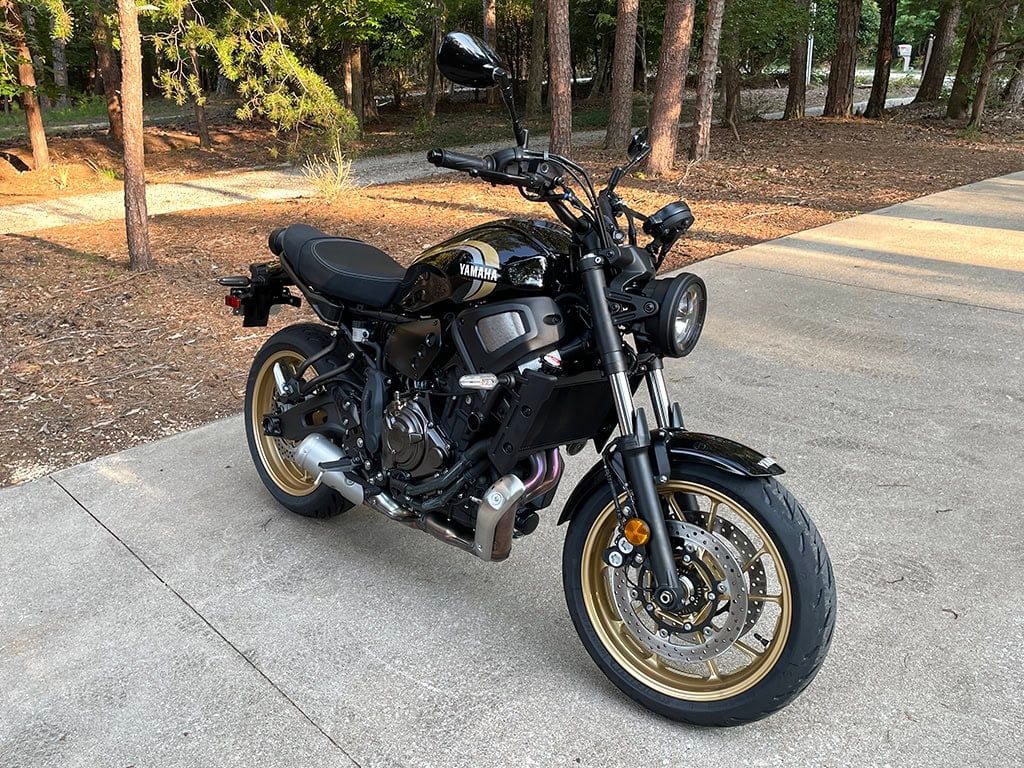
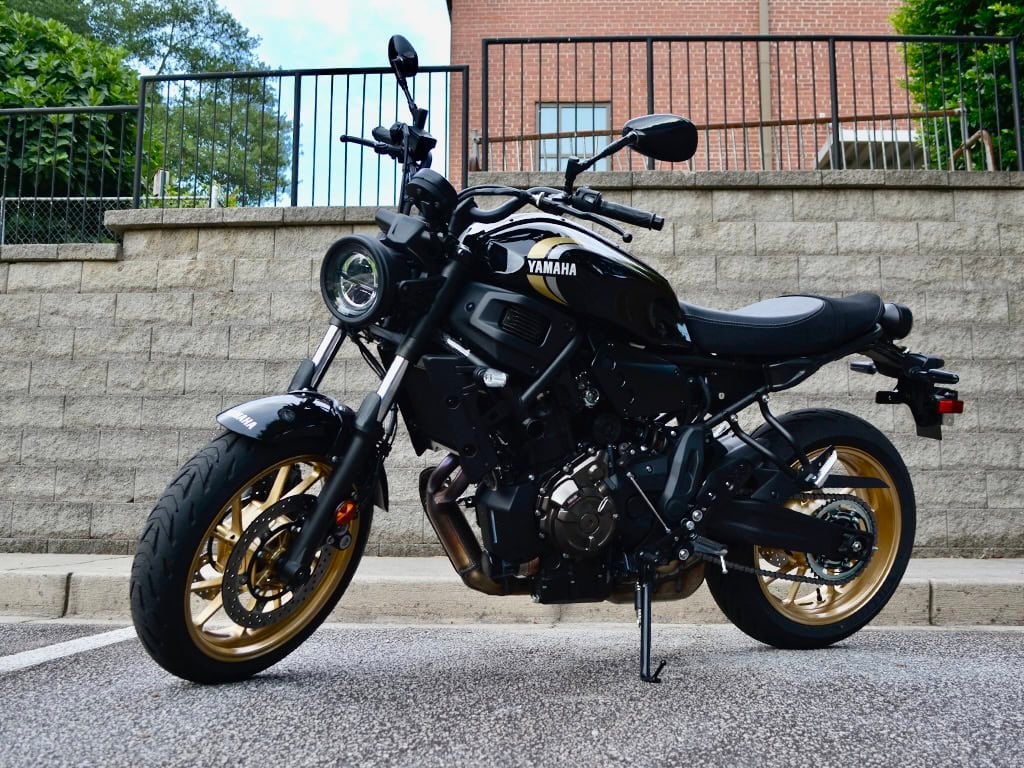
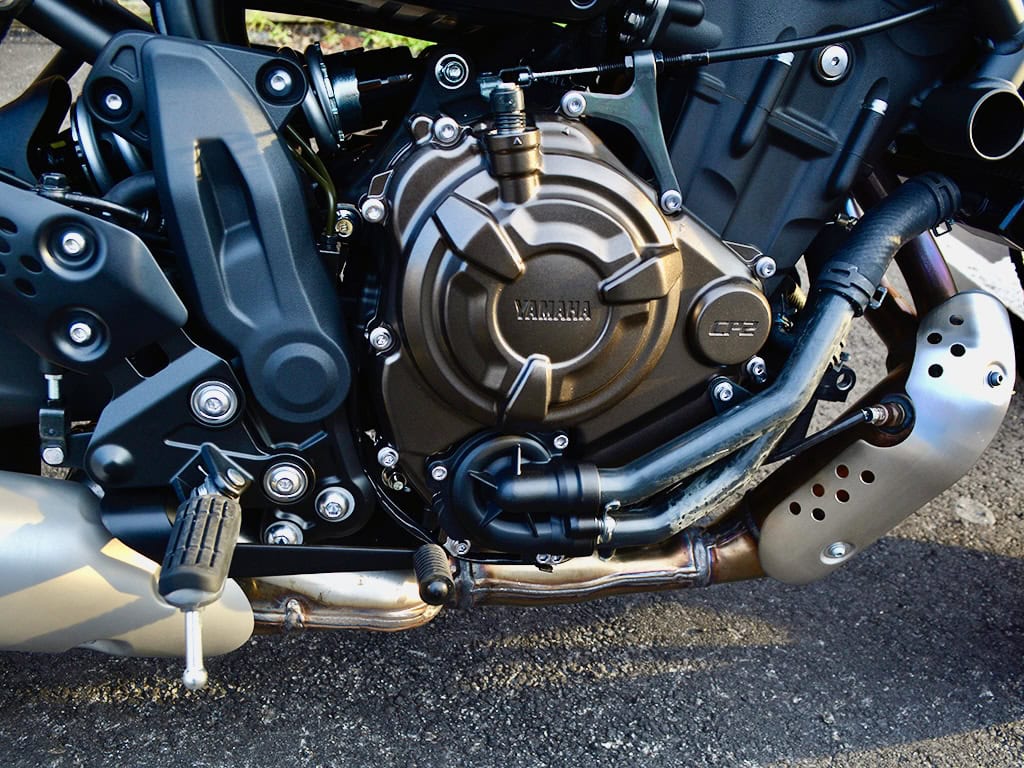
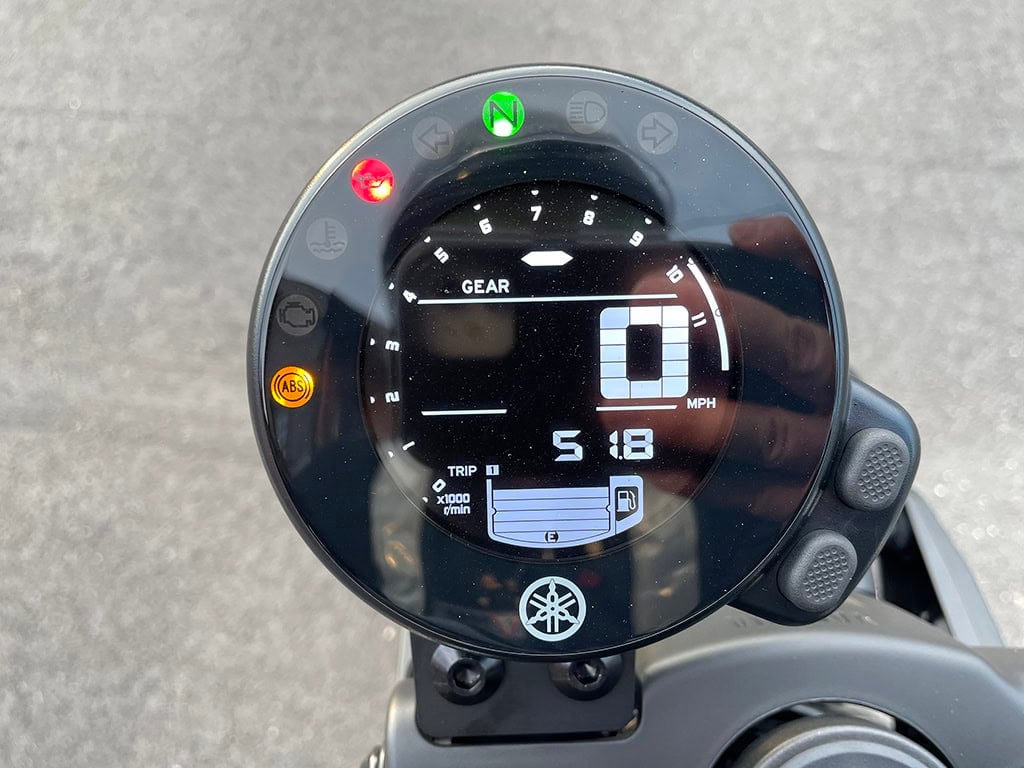
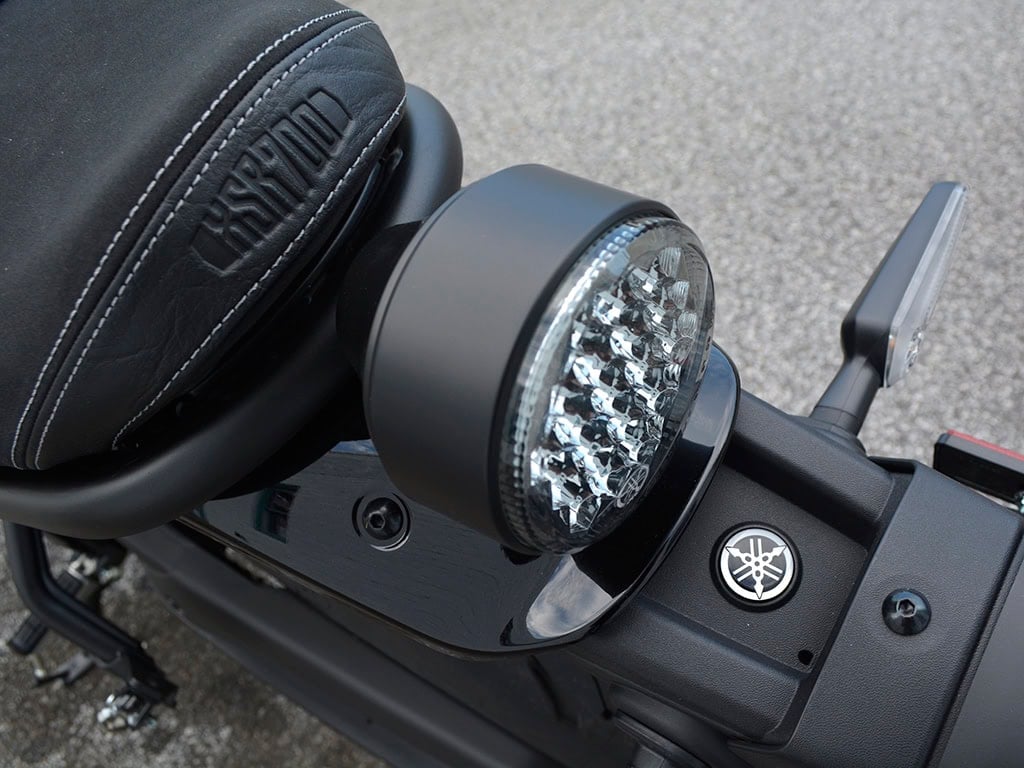
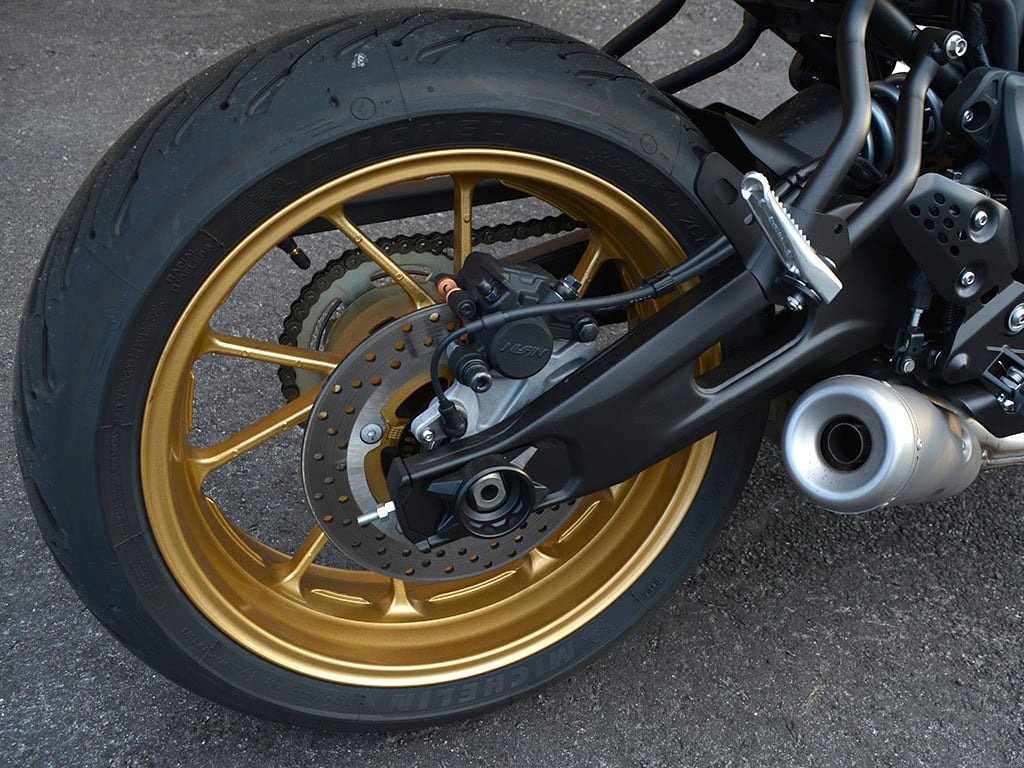
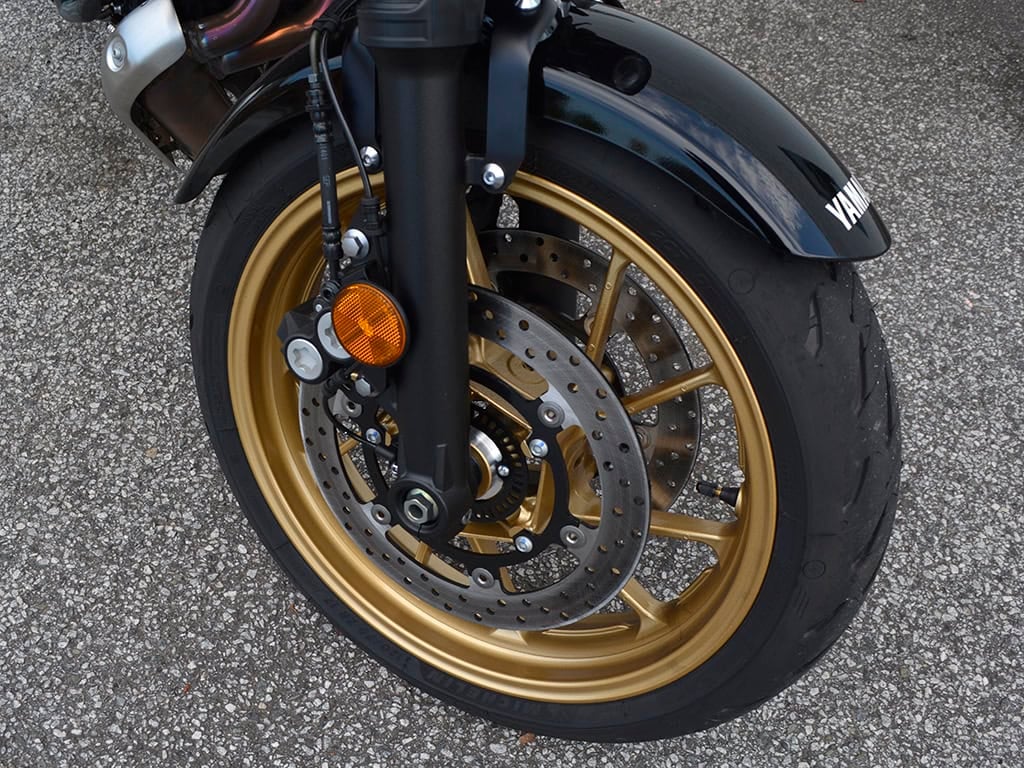
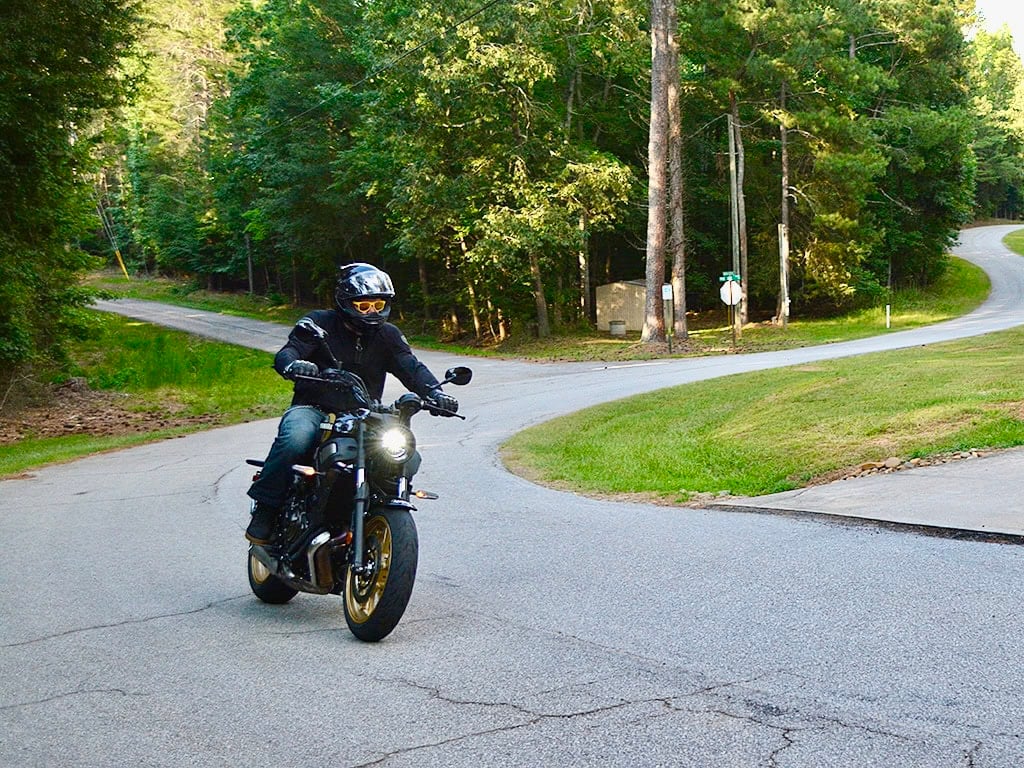
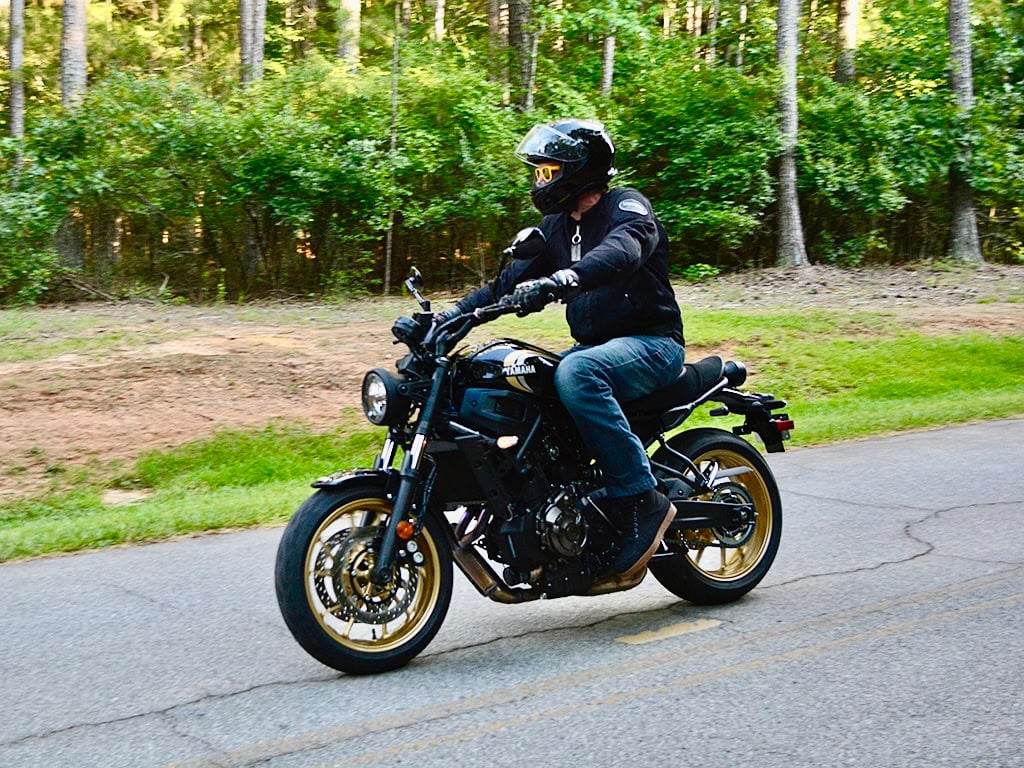
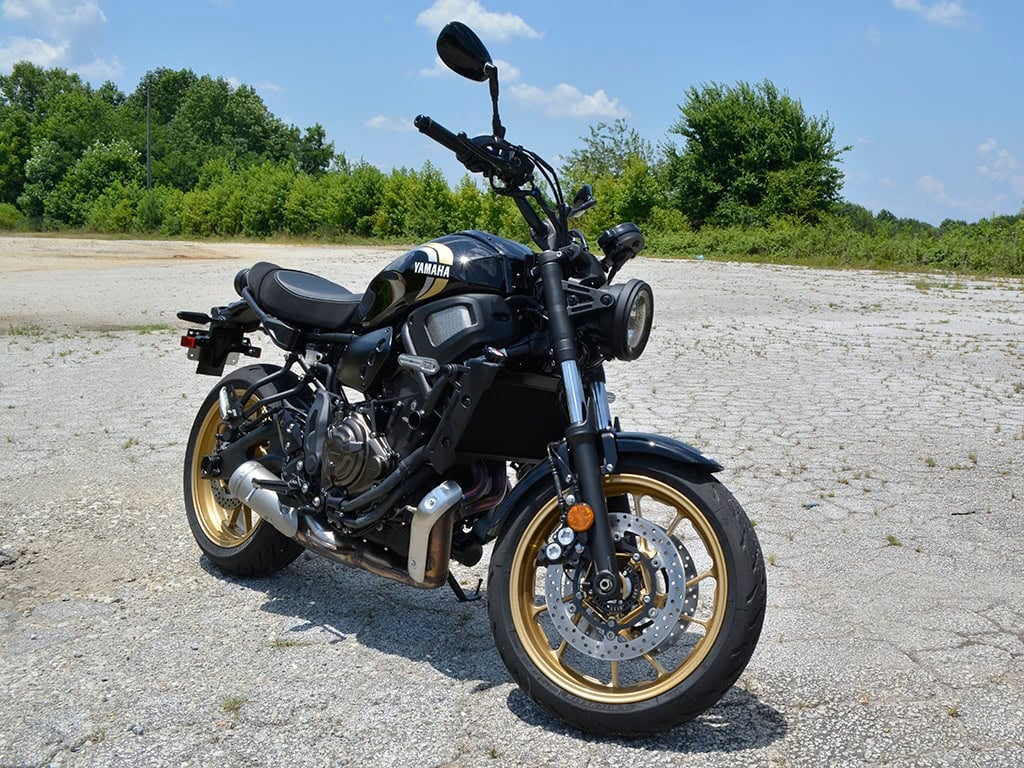










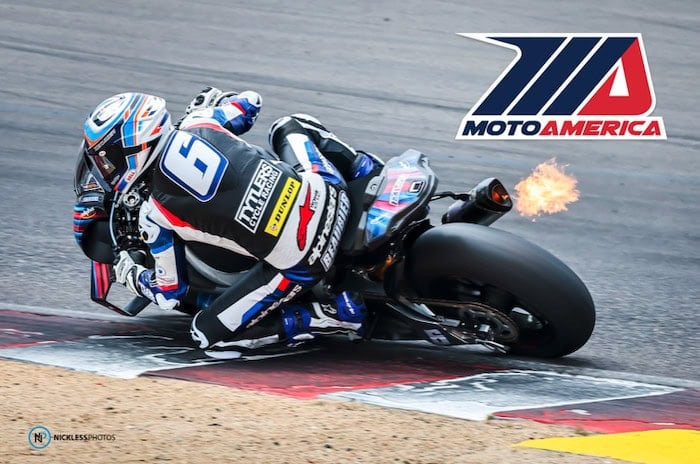




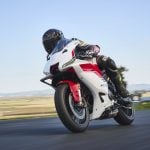
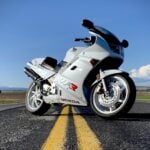



I want one! Will you talk to my wife for me? I rode with Christian during the test period. The bike did everything asked of it and looked and sounded great.
Talk her into it, Guido! We agree, it’s a great bike.